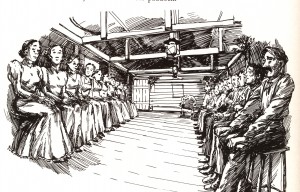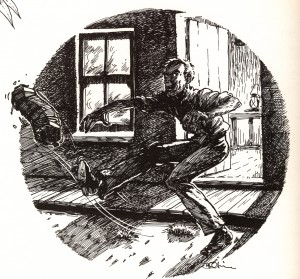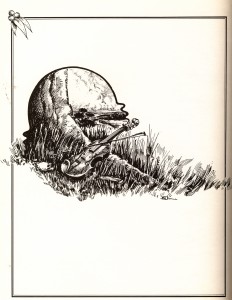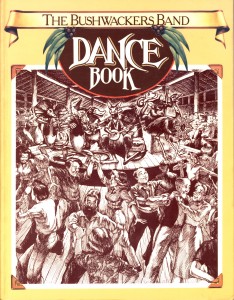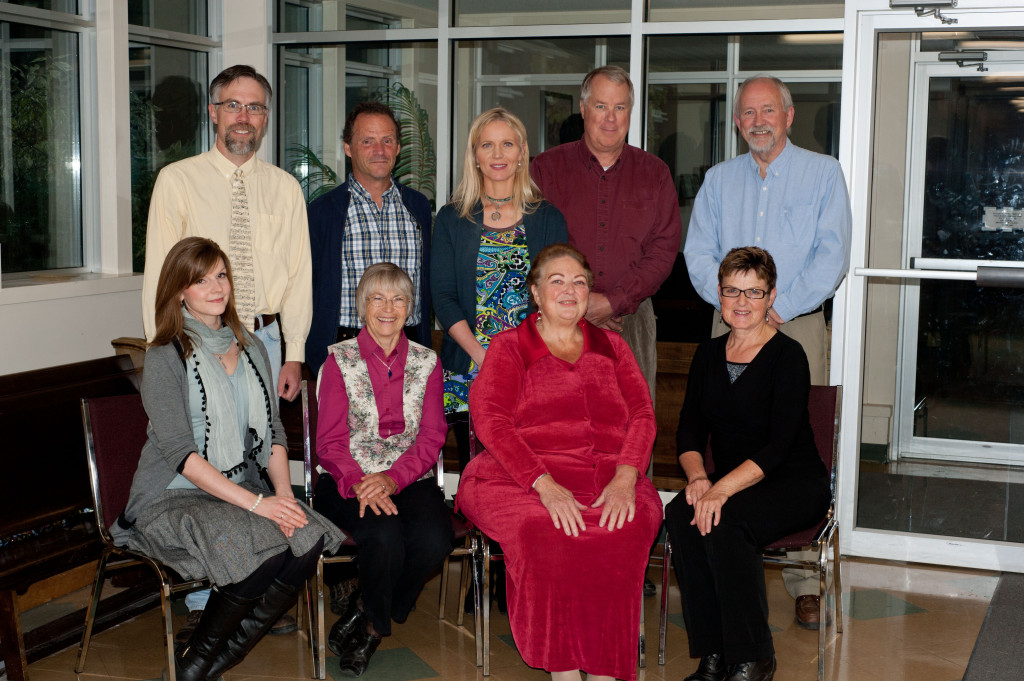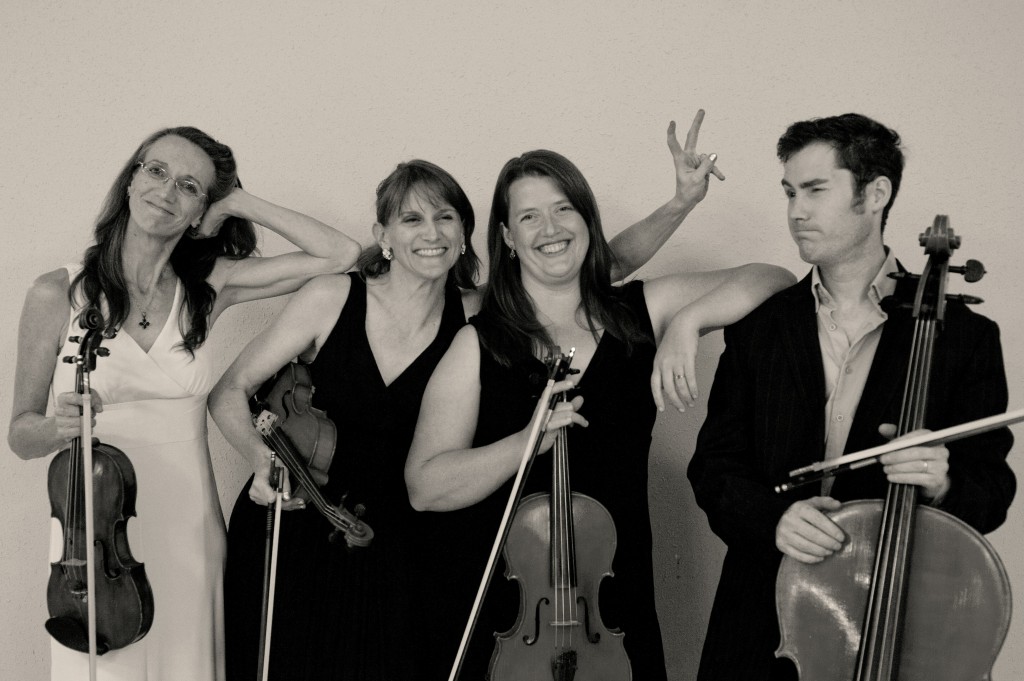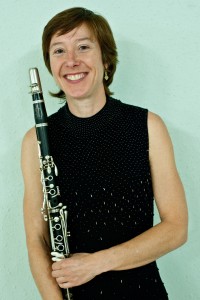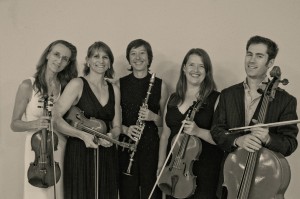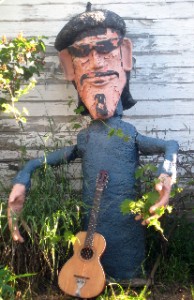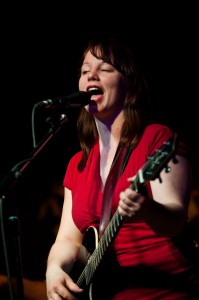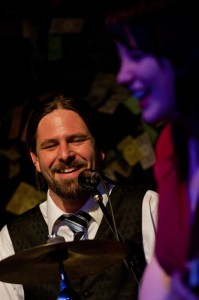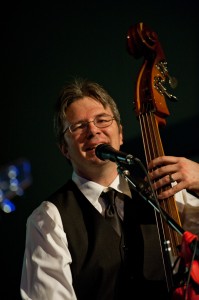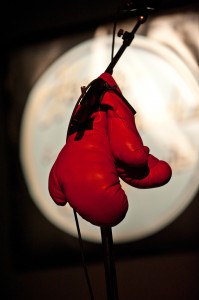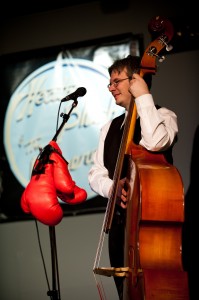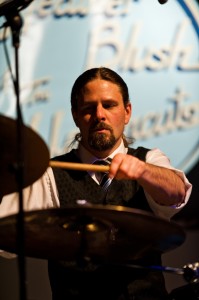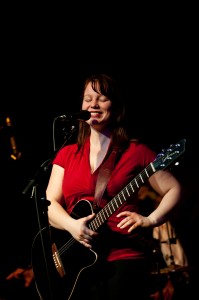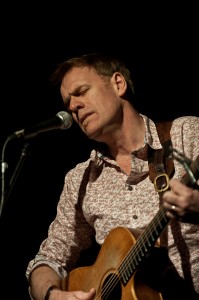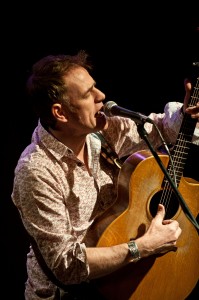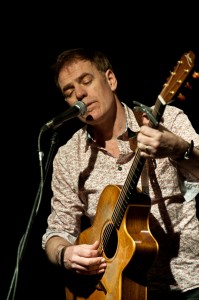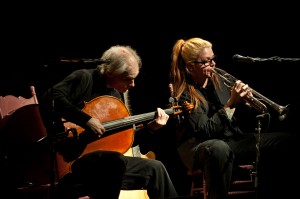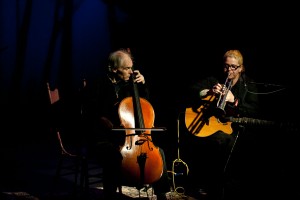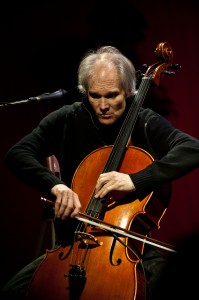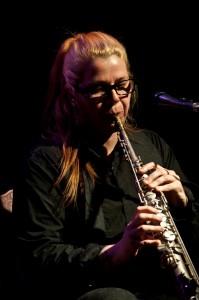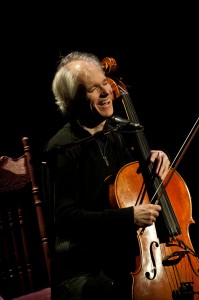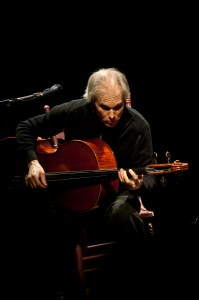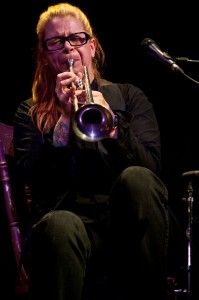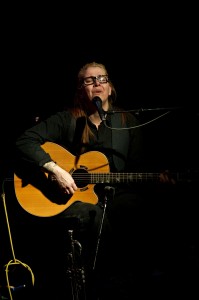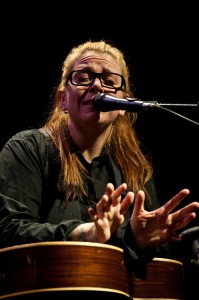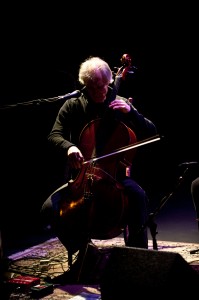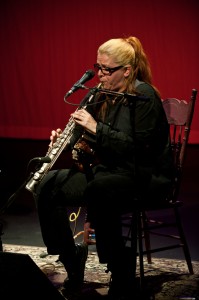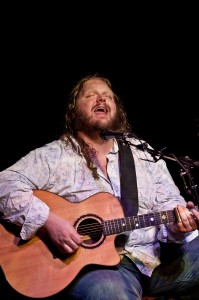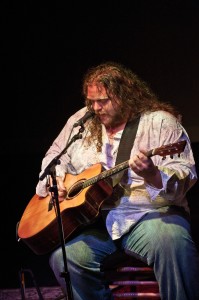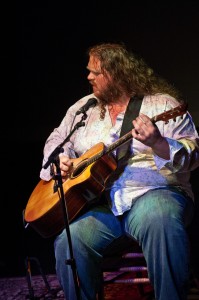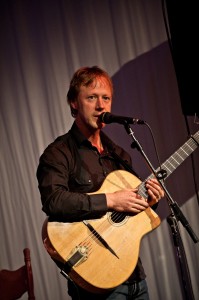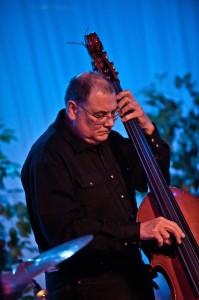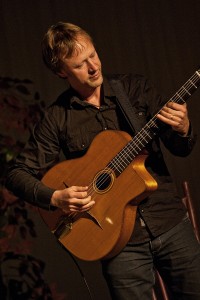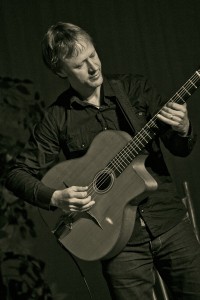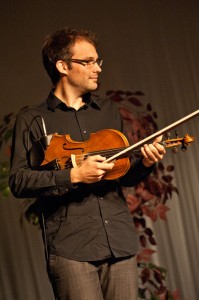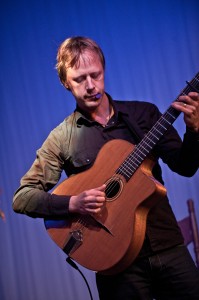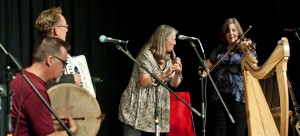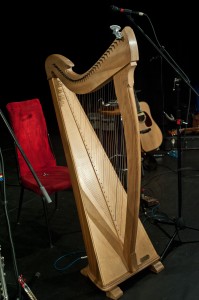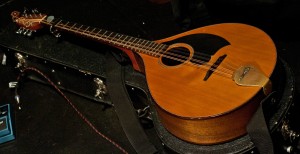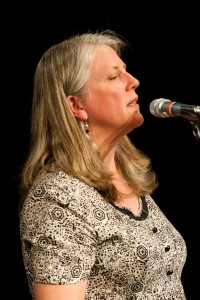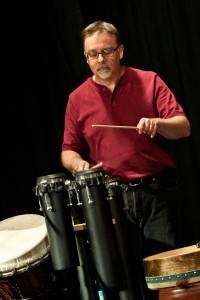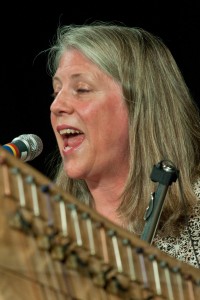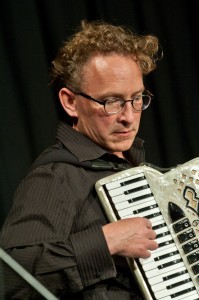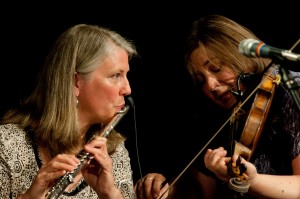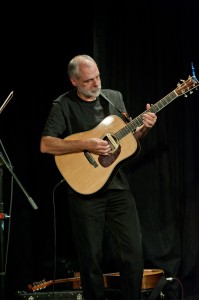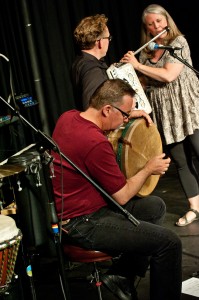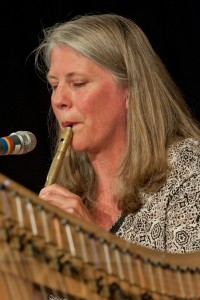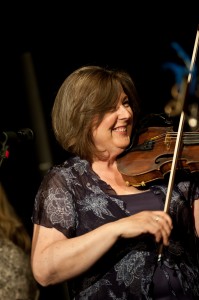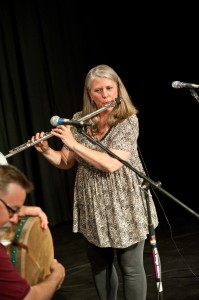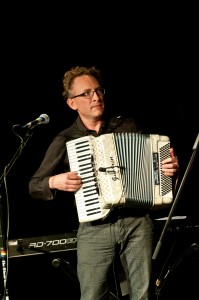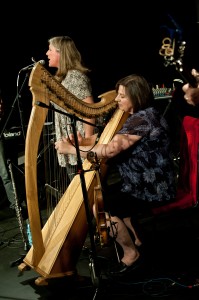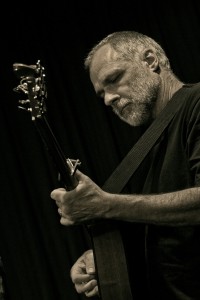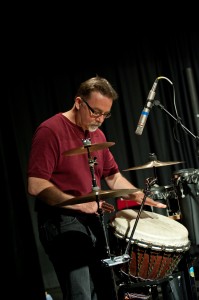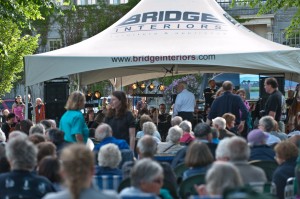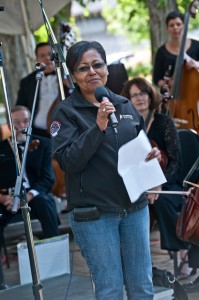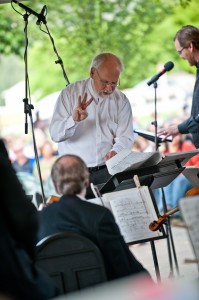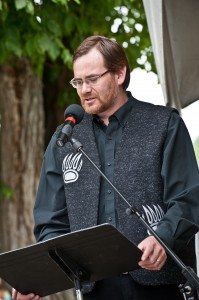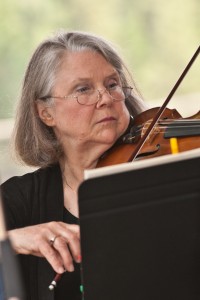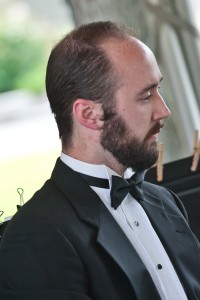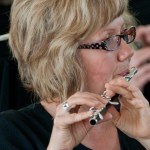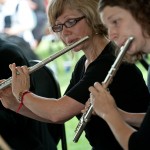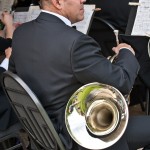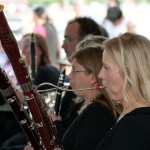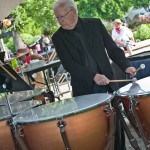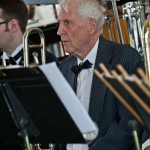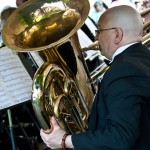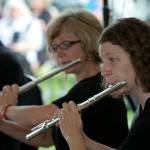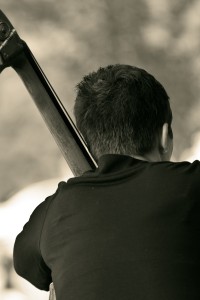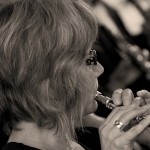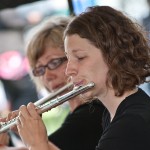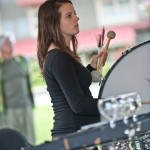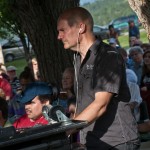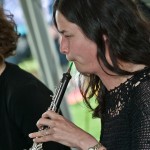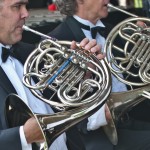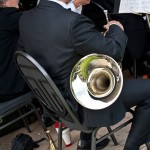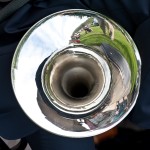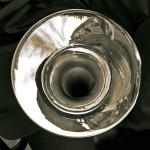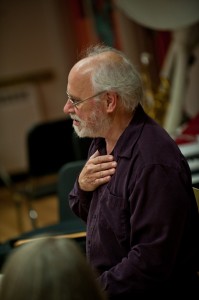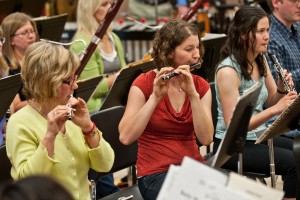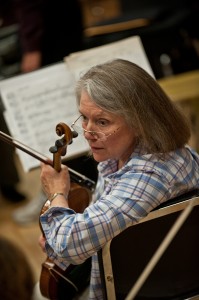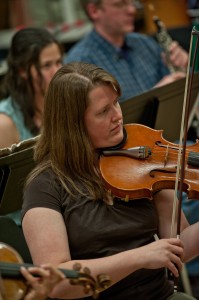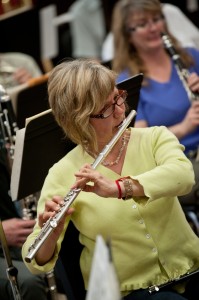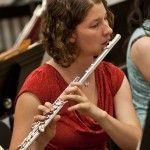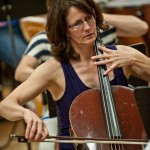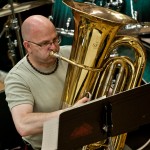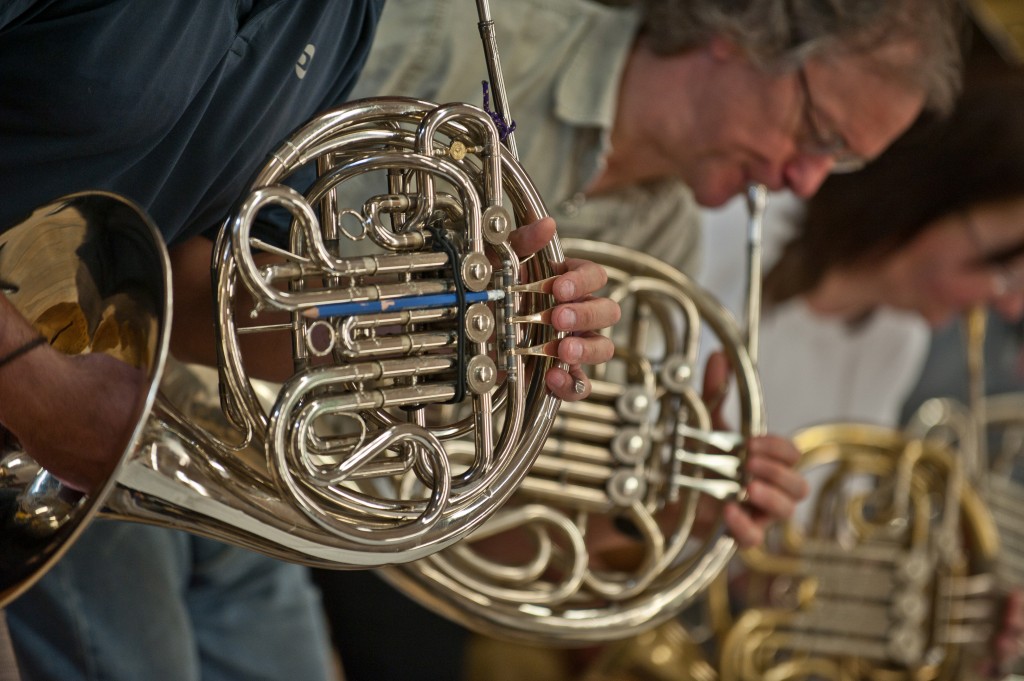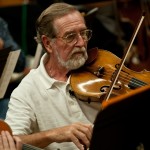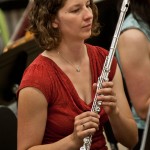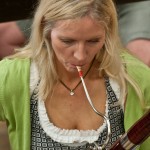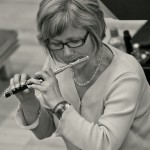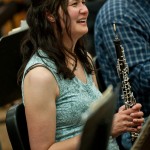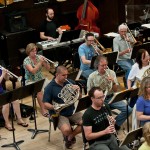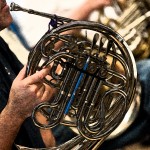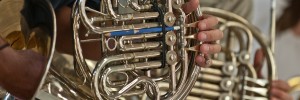A LITTLE VOODOO – Contemporary Blues, Centre 64, Outdoor Covid Protocol Concert; Saturday September 25th, 2021, 6pm.
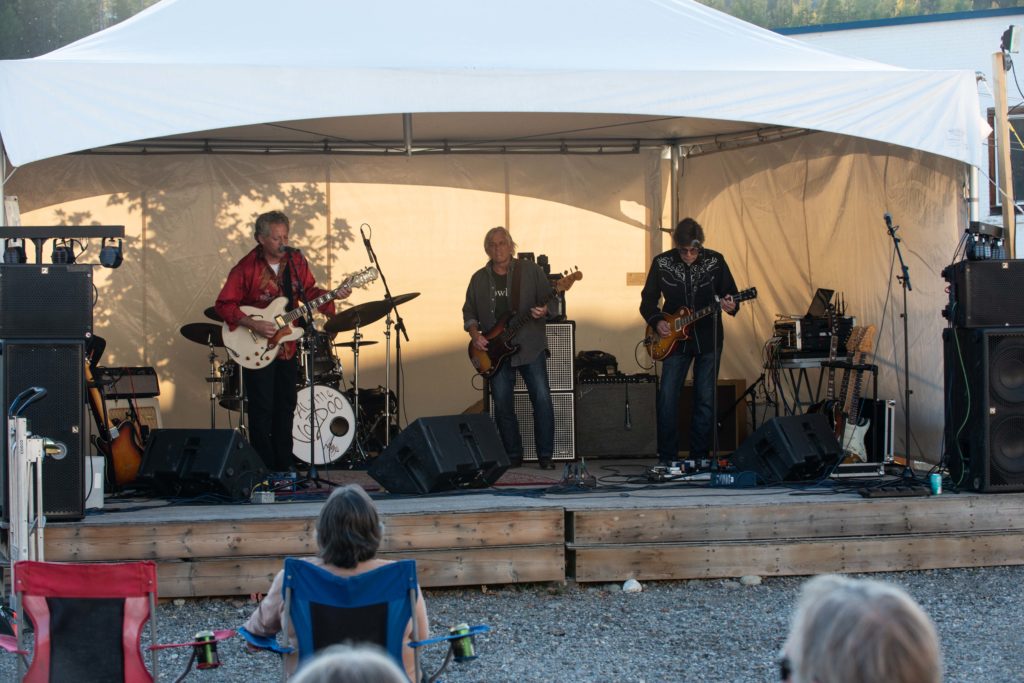
We are over 18 months into the Covid Pandemic and across the nation and the world it has taken a devastating toll on the hospitality and entertainment industries. Live music performances have virtually disappeared. Recently the Fisher Peak Performing Arts Society managed to sponsor some performances in Cranbrook’s Rotary Park but a projected music festival scheduled for late September had to be cancelled because of the uncertainties surrounding the pandemic. Apart from that, there has been no significant musical events for around eighteen months. However, there was a glimmer of light when the Kimberley Arts Council decided, in a limited fashion, to go ahead with their late summer schedule of musical events. The first event in the schedule is an outdoor performance by the Calgary rock/blues band A Little Voodoo. In keeping with Covid Public Health Protocols attendance is restricted to only 50 patrons with social distancing the order of the day. The tickets sold out in half a day.
This Calgary band has been around for many years. The two principal protagonists, Ron Burke on vocals and lead guitar, Tommy Knowles on bass guitar have been performing together for nigh on thirty years. As a band A Little Voodoo is a staple on Calgary blues scene. They have won many awards and opened for the likes of Colin James, the late Jeff Healey, The Headstones, Paul Rodgers, Long John Baldry, David Gogo, Omar and the Howler, Bo Diddley and a host of others. In 2010 the Calgary Blues Music Hall of Fame named Ron Burke as the Guitar Player of the Year and bassist Tommy Knowles repeated his 2009 win as the Bass Player of the Year.
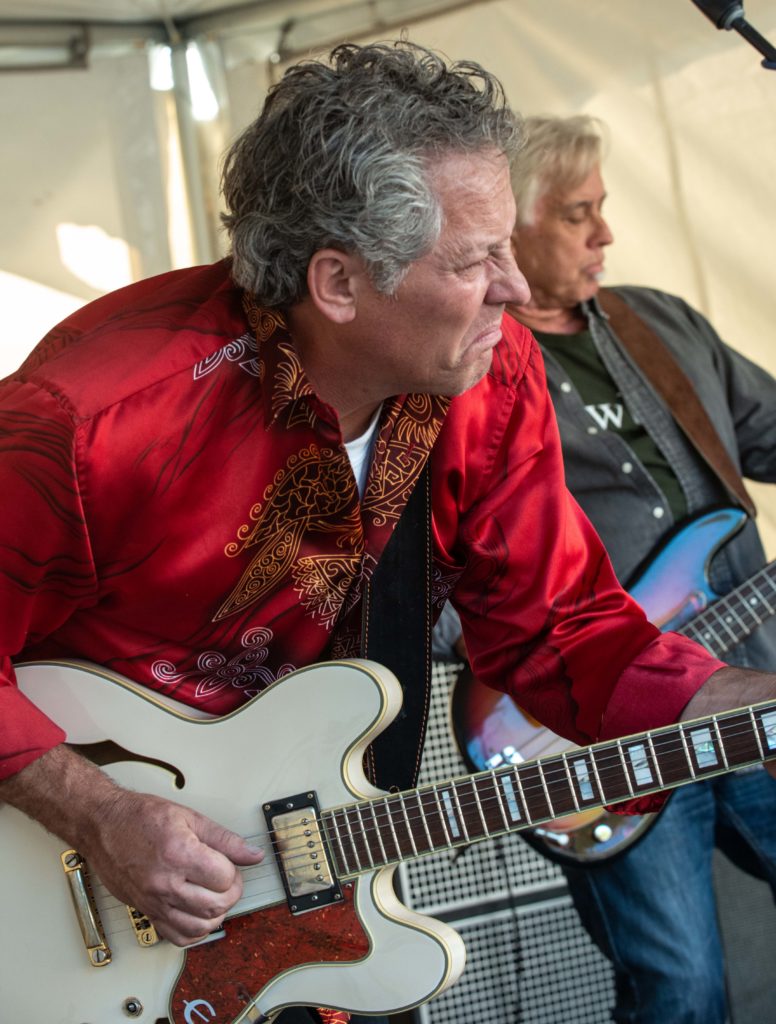
A Little Voodoo is not new to this area. They last performed here in Studio 64, Kimberley in October 2015. Rob Vulic was the drummer for that gig. For this beautiful late 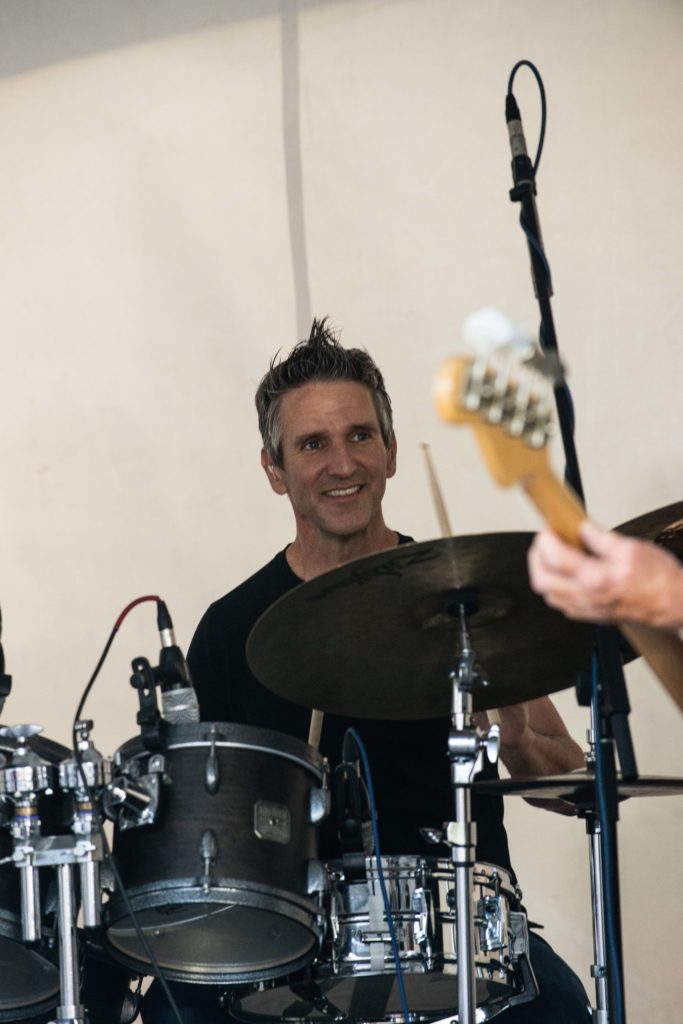 summer evening concert Ron, Tommy and Rob were joined by Geoff Brock on second guitar. They kicked off this evening of loud rocking music with Tired of Living Hand to Mouth
summer evening concert Ron, Tommy and Rob were joined by Geoff Brock on second guitar. They kicked off this evening of loud rocking music with Tired of Living Hand to Mouth 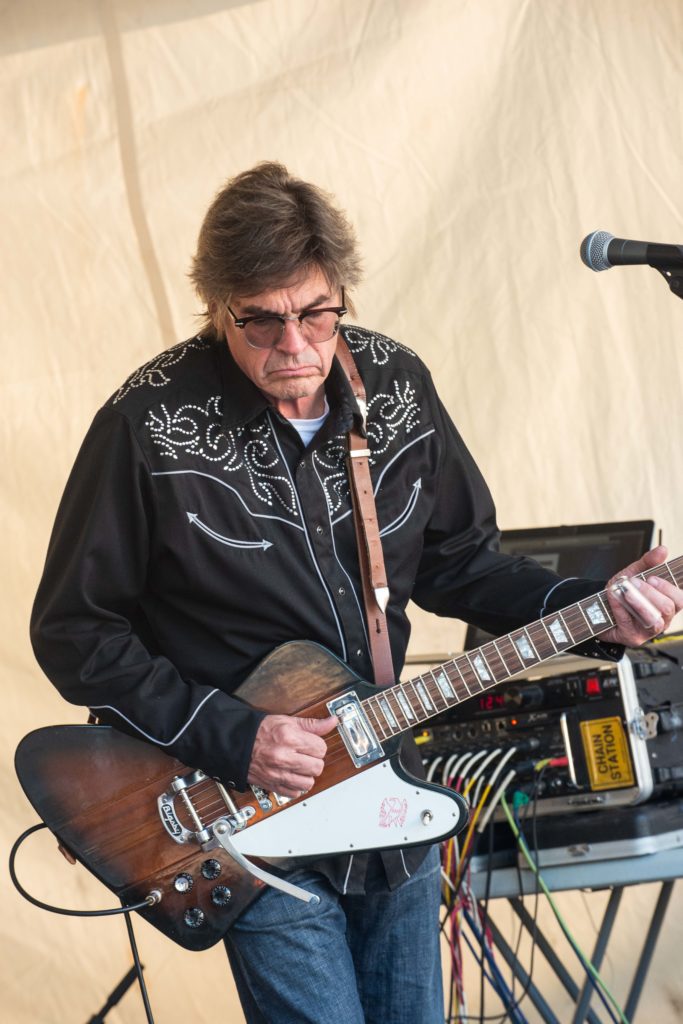 and followed that up with two hours of an exciting mix of original tunes and standards from the blues/rock repertoire. Included in the evening’s performance were B.B. King’s Rock Me Baby, and from way back in the 1960s folk era, a stellar rocked up version of Donovan’s Sunshine Superman.There were some Jimmy Reed Memphis sounds and a wonderful faux peddle steel solo by Geoff Brock on Blue Eyes Crying in the Rain. Also in the musical atmosphere there were some Chuck Berry, Stevie Ray Vaughn and Johnny Winters vibes all spiced up with great slide guitar riffs and lots of sterling solos from both guitarists.
and followed that up with two hours of an exciting mix of original tunes and standards from the blues/rock repertoire. Included in the evening’s performance were B.B. King’s Rock Me Baby, and from way back in the 1960s folk era, a stellar rocked up version of Donovan’s Sunshine Superman.There were some Jimmy Reed Memphis sounds and a wonderful faux peddle steel solo by Geoff Brock on Blue Eyes Crying in the Rain. Also in the musical atmosphere there were some Chuck Berry, Stevie Ray Vaughn and Johnny Winters vibes all spiced up with great slide guitar riffs and lots of sterling solos from both guitarists.
And, as they say in the movies, “as the sun slowly sunk in the west” or in our instance, over the North Star Ski Hill, “we bid farewell” to A Little Voodoo and the light they shone into our dark pandemic tunnel.
Here are some more images from a great night of music……….
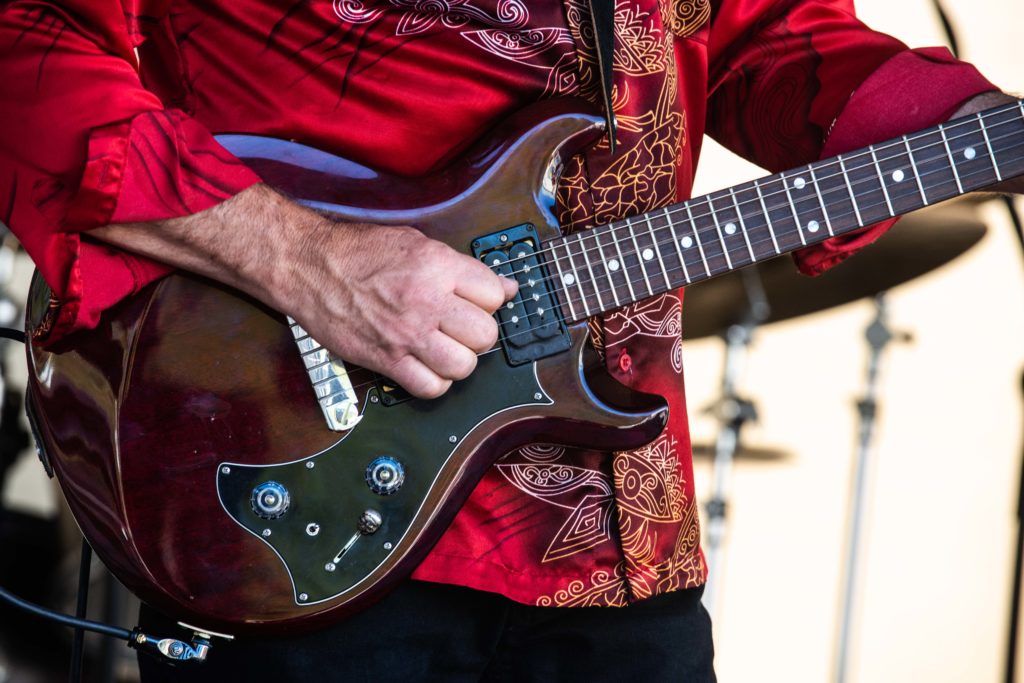
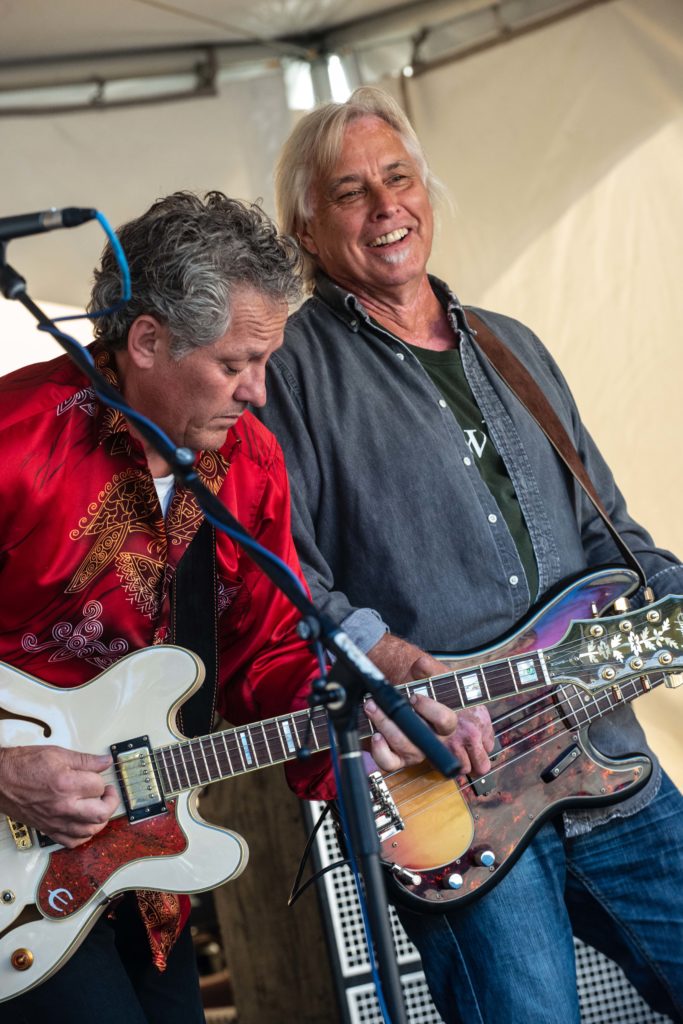
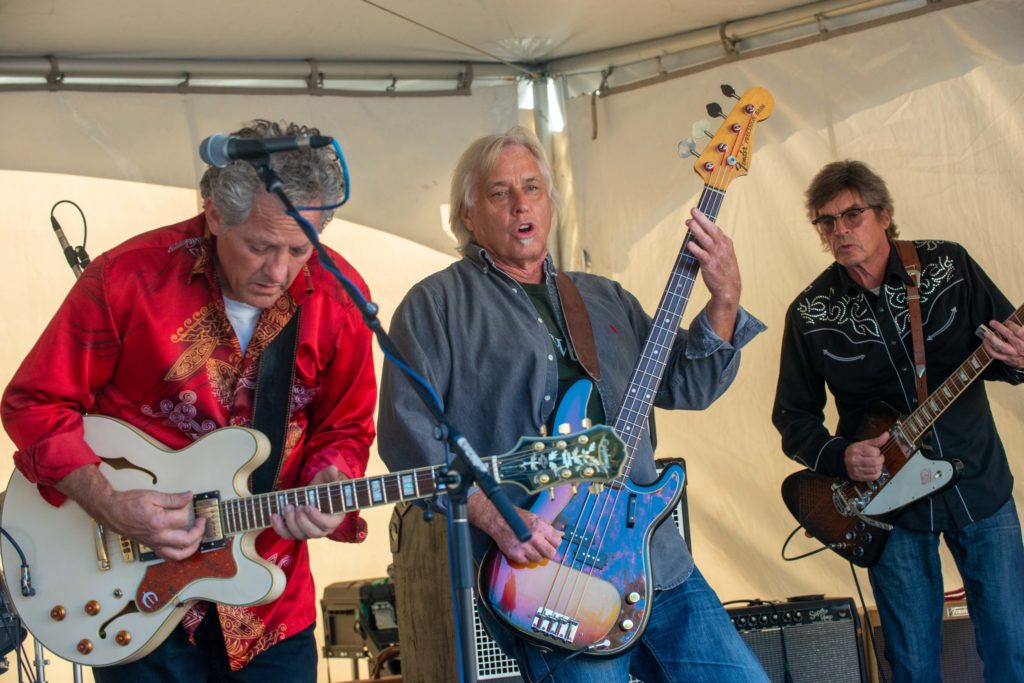
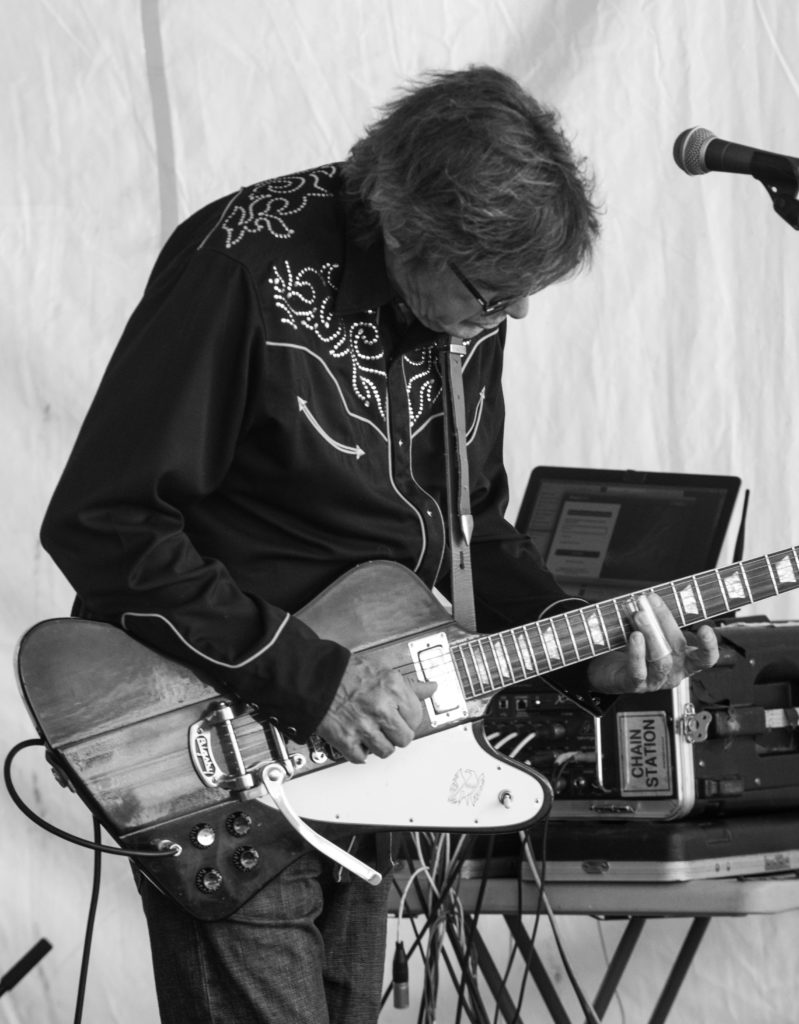
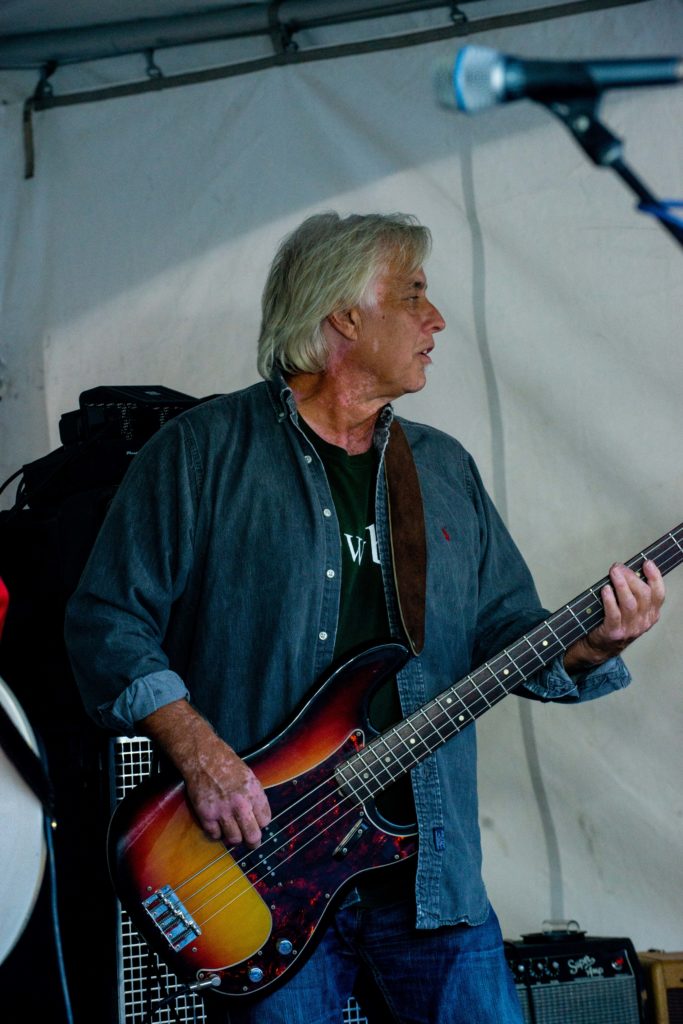
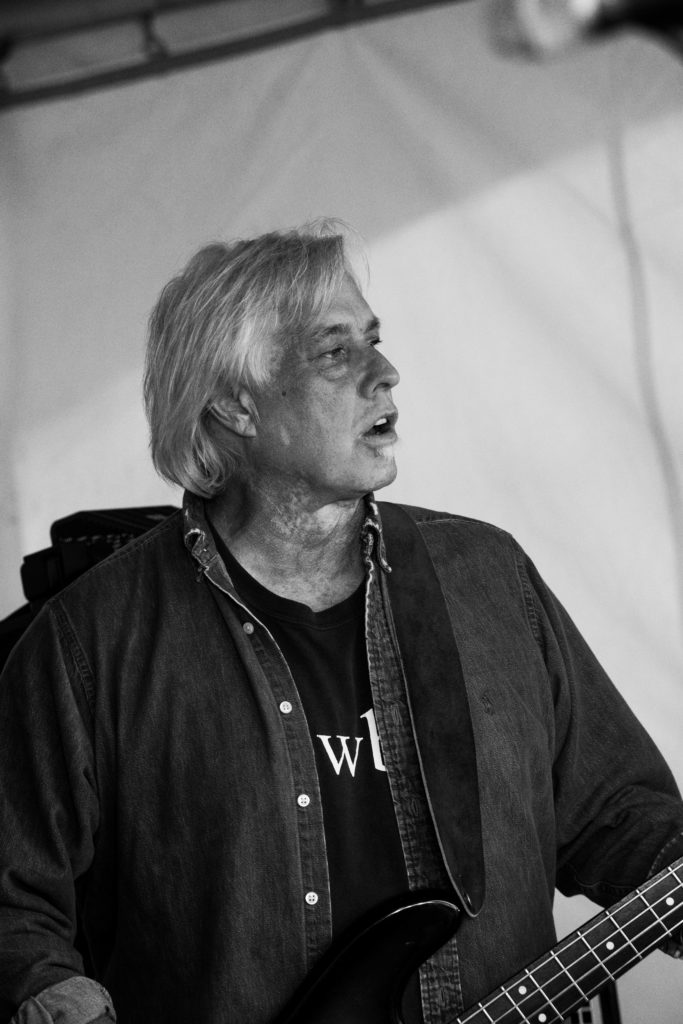
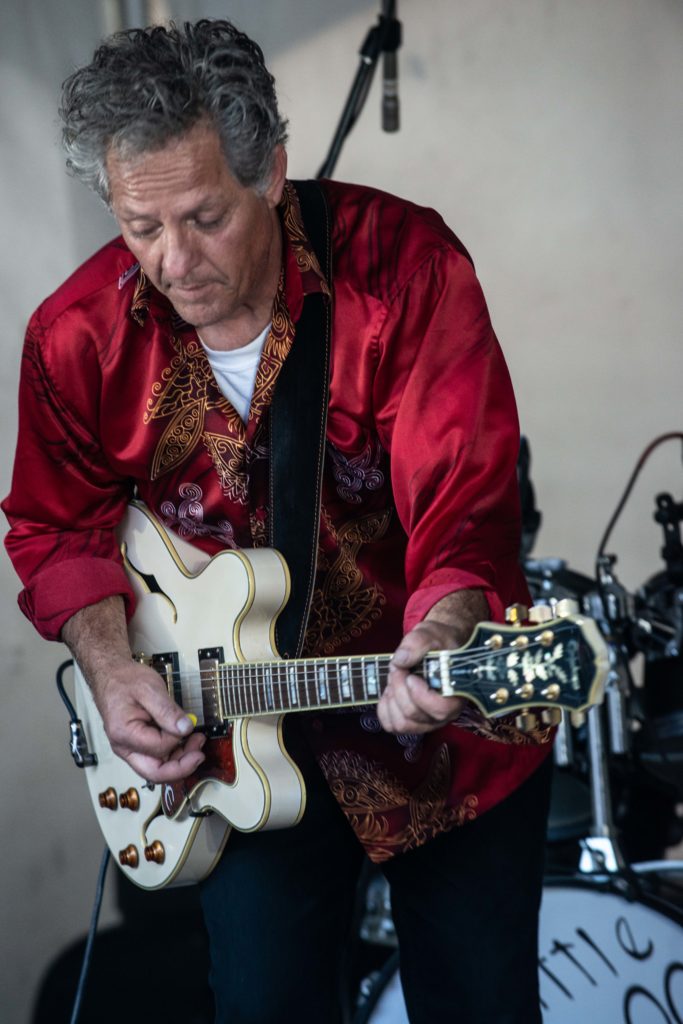
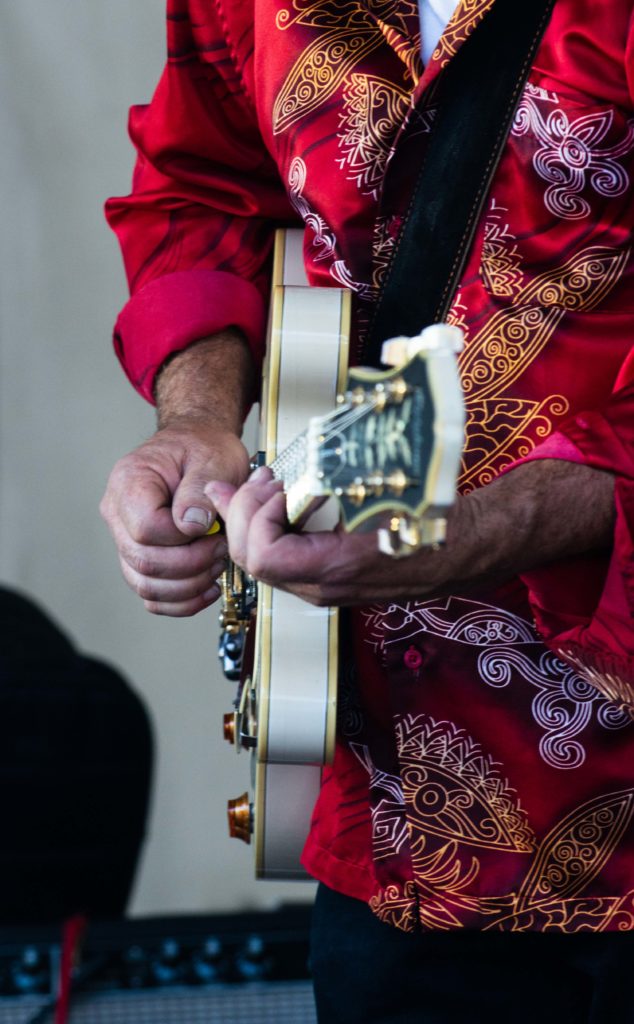
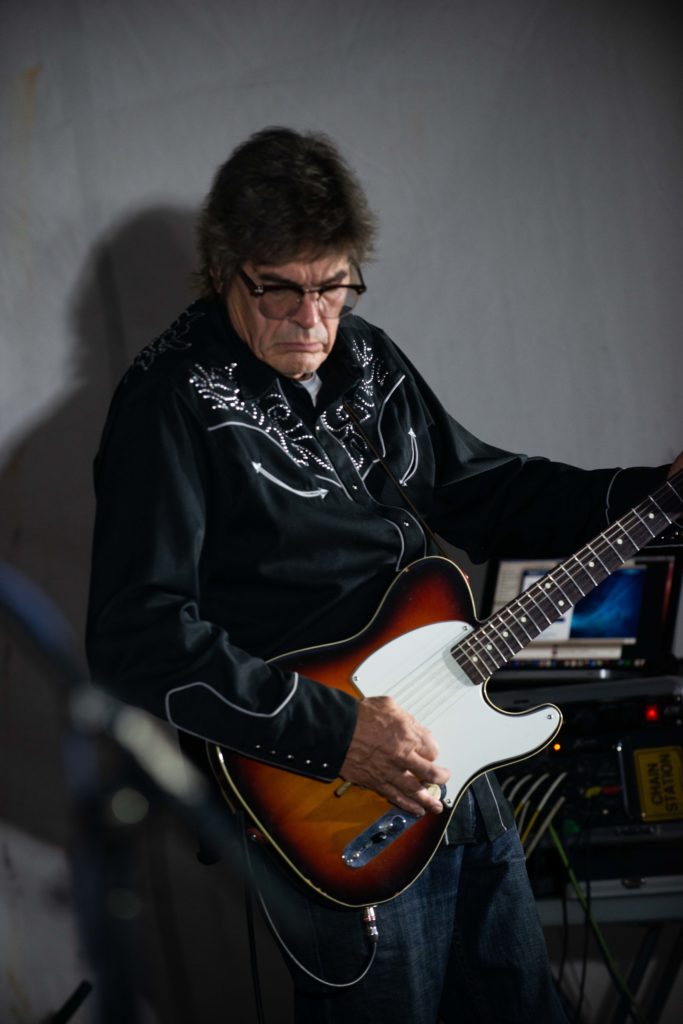
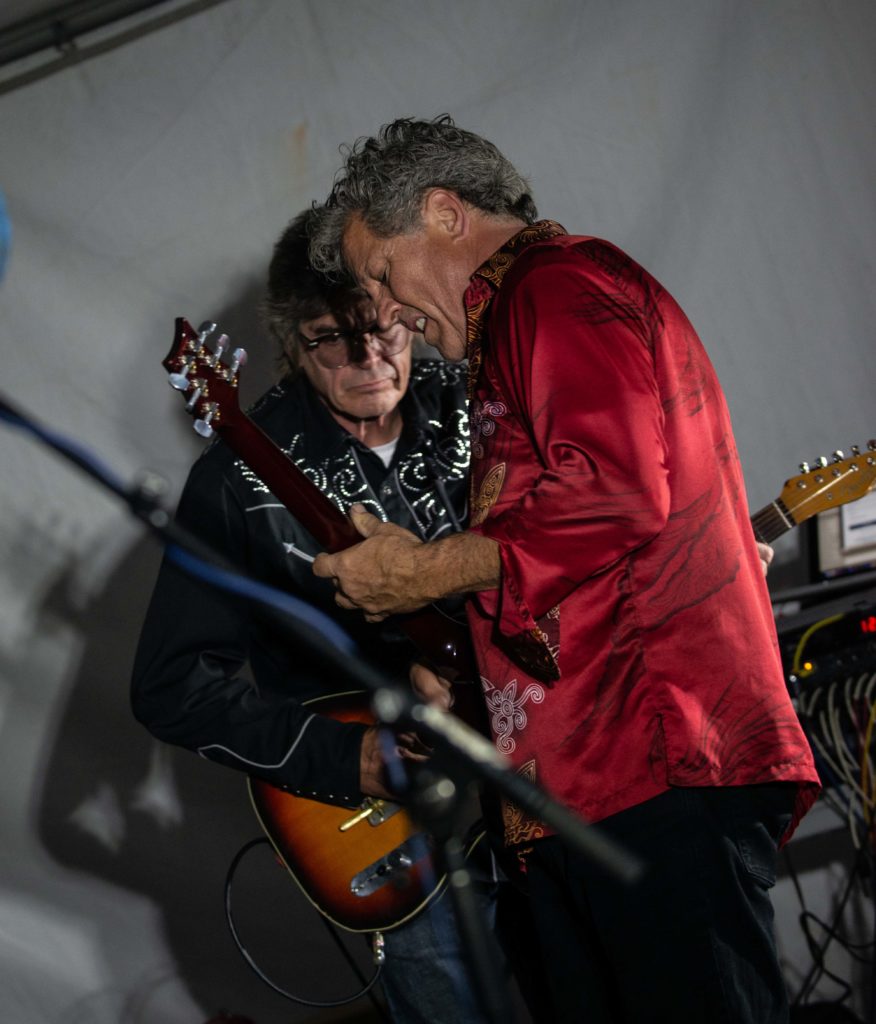
My thanks go to the members of A Little Voodoo, to Ray on sound and the brave members of Kimberley Arts Council for putting themselves out there to promote and stage this event.
@@@@@@@@@@@@@@@

